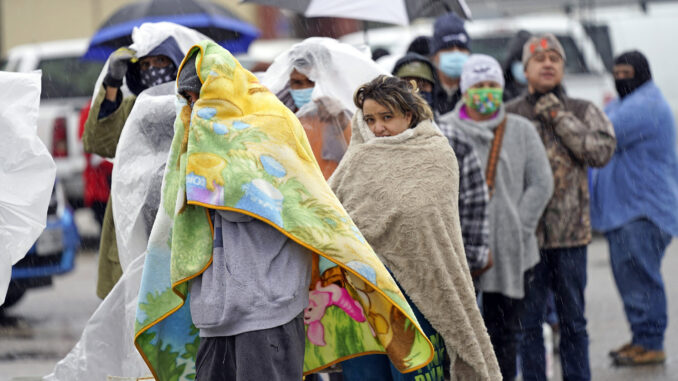
When blackouts hit Houston last February, Rob and Robin Dickehuth’s home became a port in the storm for neighbors, thanks to a $35,000 solar and battery system that kept windows aglow and devices fully charged.
“We were pretty much the only home on the block with light,” Rob said. “I think this was a hard lesson for a lot of people in Texas.”
“During the freeze, people lost faith in the grid and they lost faith in low electricity prices,” said Freedom Solar Chief Executive Officer Bret Biggart. “How do you hedge against that type of uncertainty? With solar and battery technology.”
The clamor for solar and storage strikes an odd chord in fossil fuel-loving Texas, where politicians were quick to blame the blackouts on the intermittency of renewables. Even as it became clear that shuttered gas plants and fuel shortages drove the outages, lawmakers have continued to target wind and solar in their efforts to reform the state’s power system. But Texans looking for insurance against the next crisis are decidedly apolitical when it comes to keeping the lights on.
“It speaks to the fact that people don’t have confidence in the state,” said Adrian Shelley, director of consumer advocate Public Citizen’s Texas office. “That’s a very Texan way of looking at the problem – I’m going to build my own grid.”
Greater Texas Solar is capitalizing on that by promoting a solar and battery storage system that’s backed up with propane-fired generators – a uniquely Texan solution. During a power failure, part of the electricity created by the propane generator can also be used to charge the battery system for later use. Those with the system can run on “island mode” for days, if needed, said co-owner Bill Skinner.
“It’s fairly new to have batteries and generators paired together,” said Skinner. “They’re trying to merge all these technologies together to create independence from the grid. And that’s what everyone is after — autonomy.”
A worker repairs a power line in Austin on Feb. 20.
Photographer: Thomas Ryan Allison/Bloomberg
Natural gas isn’t being left out of the trend, either. Enchanted Rock, which manages gas-fired microgrid systems for businesses and commercial buildings, saw a 300% increase in inquiries after the crisis. Although the company’s system are typically used during hurricanes or floods, they withstood the freeze well, keeping power flowing for more than 140 customers, said Chief Commercial Officer Allan Schurr.
Investing in back-up power is a common reaction to disasters. Homeowners affected by wildfire-related blackouts in California have built elaborate renewable energy systems while those hit by Hurricane Sandy in the Northeast piled into diesel generators.
But doing so can be expensive, stoking concerns among watchdog groups that the cost of these back-up systems widens inequality without addressing broader concerns about electric reliability. To address that, consumer advocates including the Smart Electric Power Alliance call for using public funds to strategically install microgrids at police stations, fire stations, schools or community centers, which can become shelters during disasters with prolonged outages.
And although the proliferation of these standalone power systems is not expected to harm the state’s grid or prices, they could require upgrades at the neighborhood level where electricity distribution lines are often designed for one-way flows at limited levels, said Jared Leader, SEPA’s senior manager of research and industry strategy.
“Utilities will need to enhance demand-and supply-side planning as more homeowners and businesses go out and purchase more locally-sited resources,” Leader said. “That’s an issue that utility companies are facing across the nation.”




